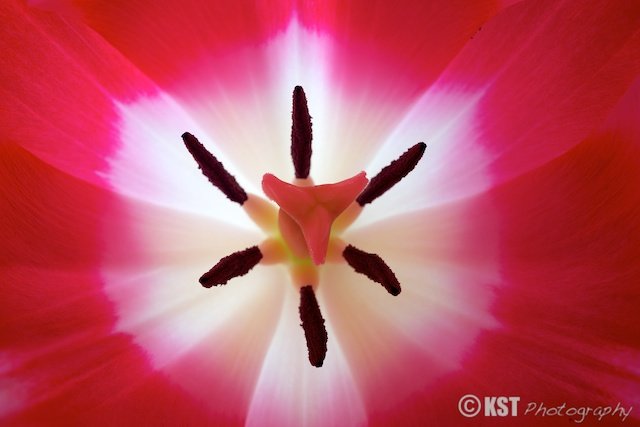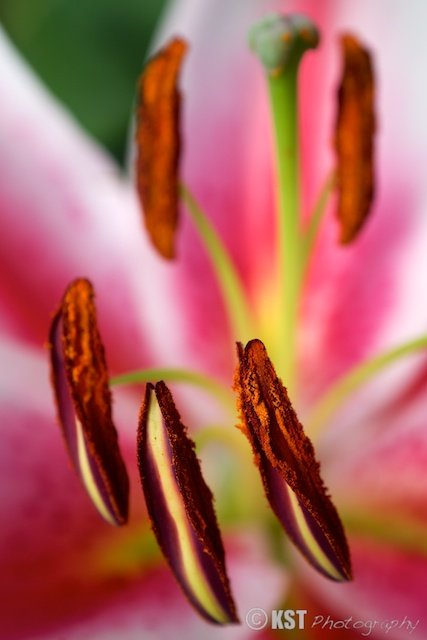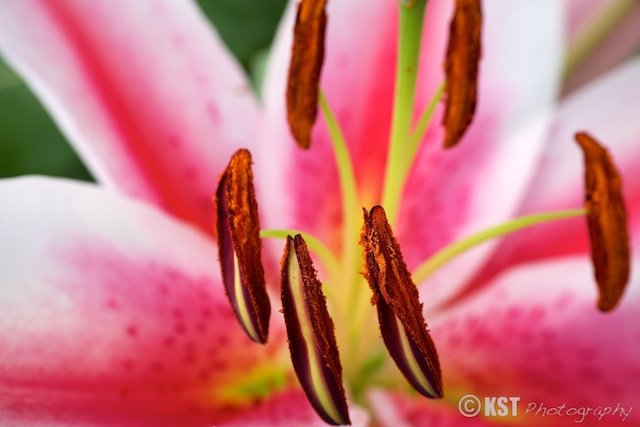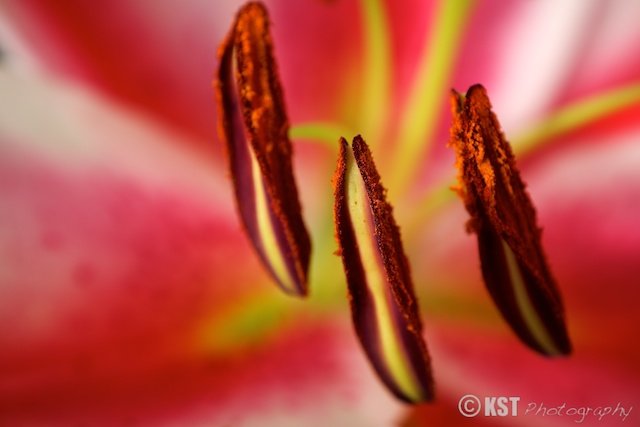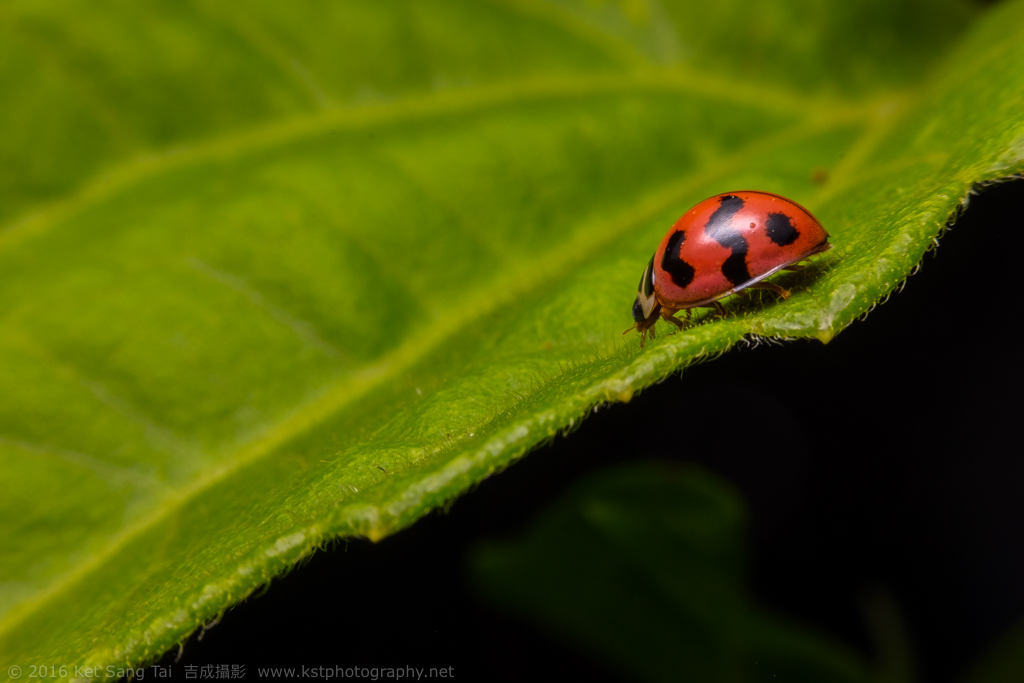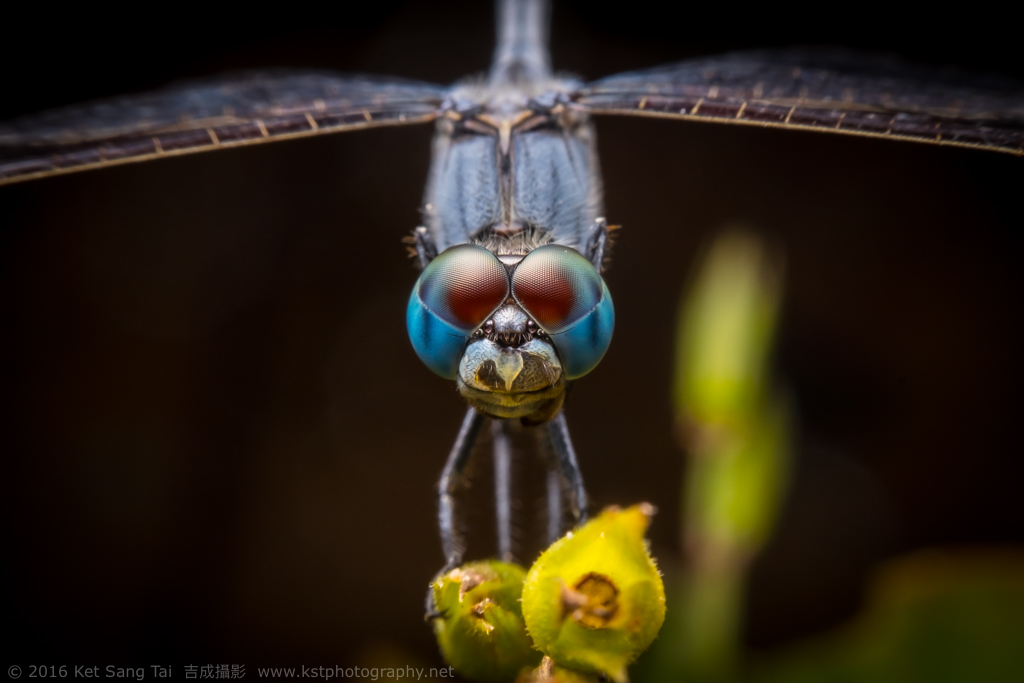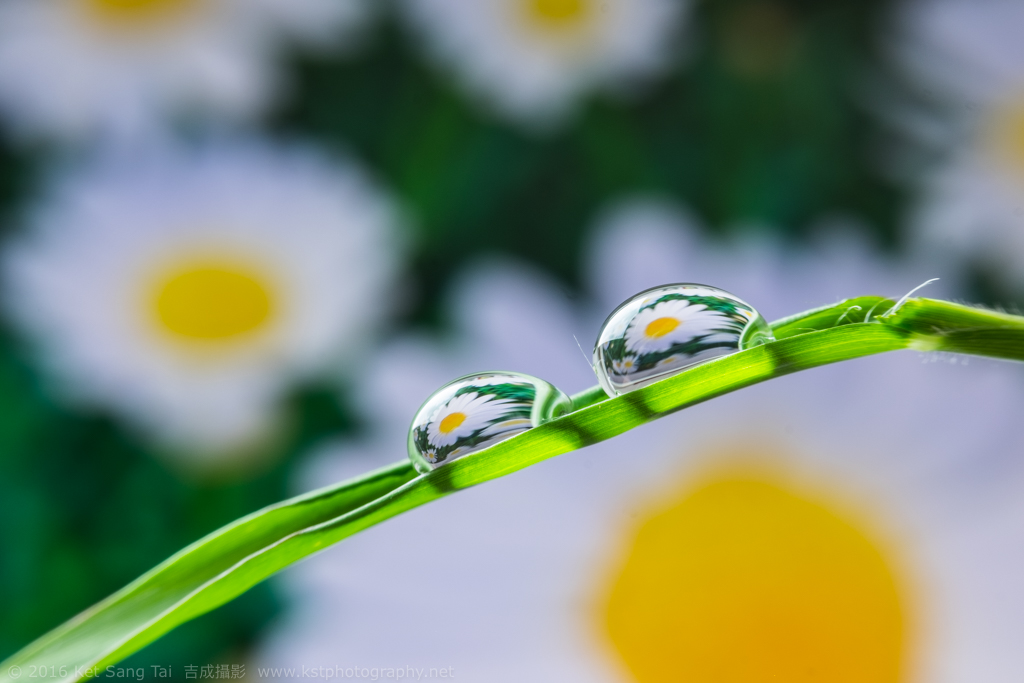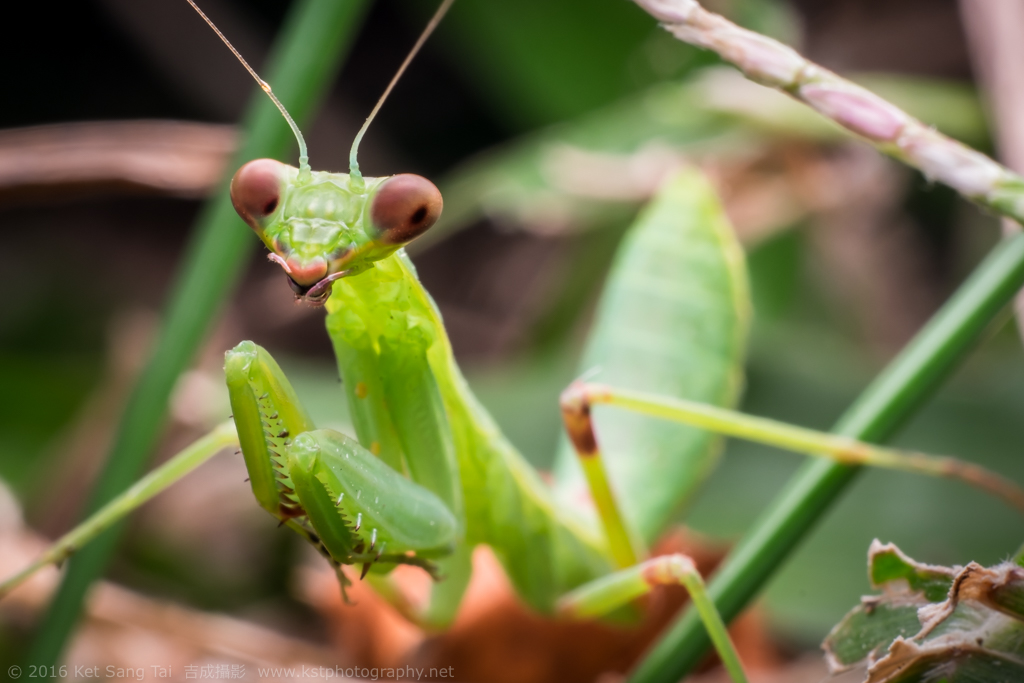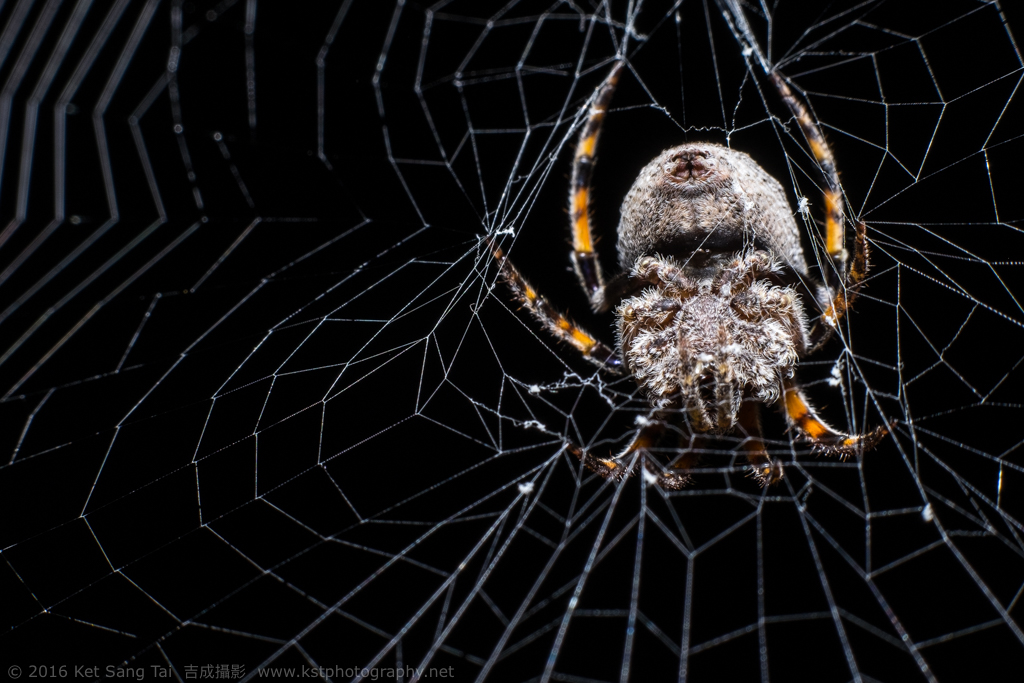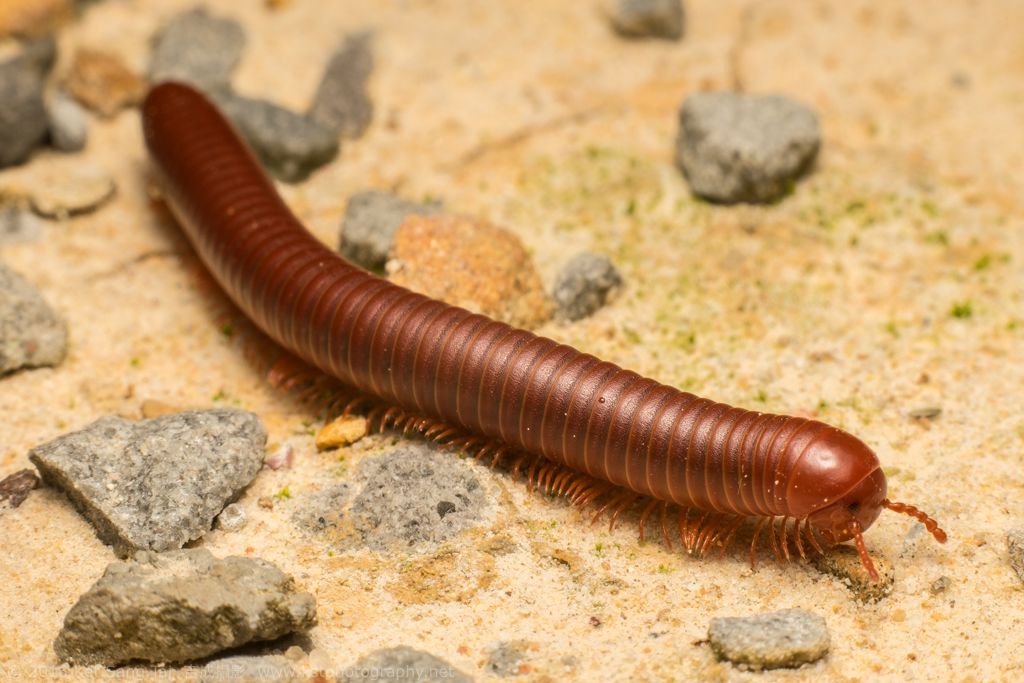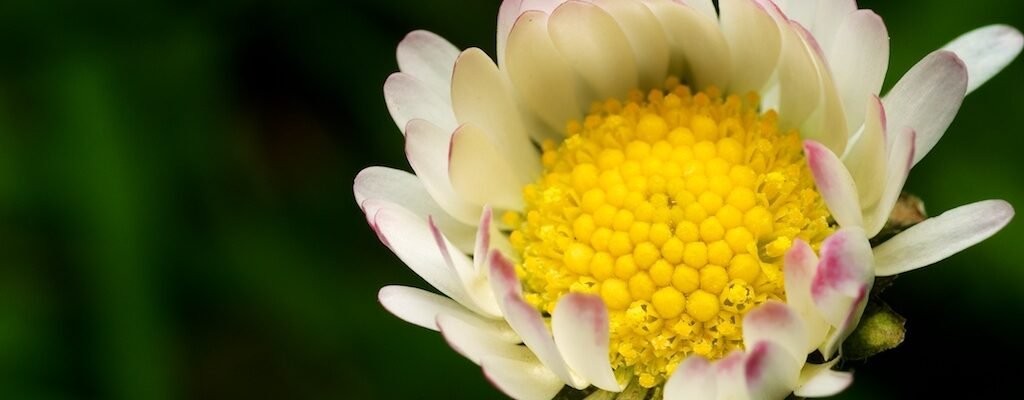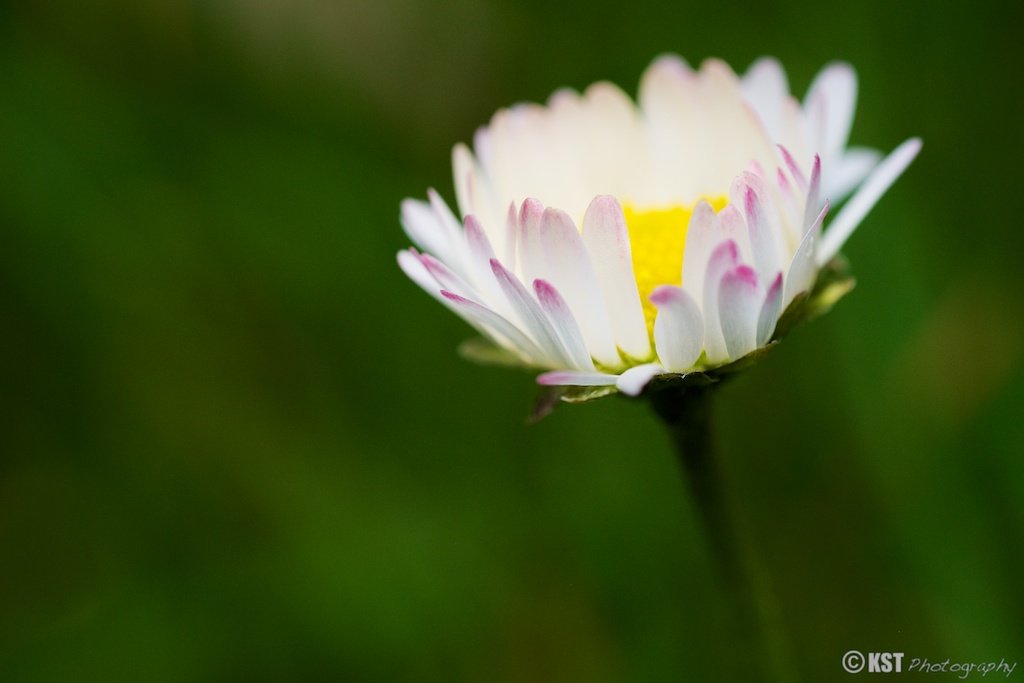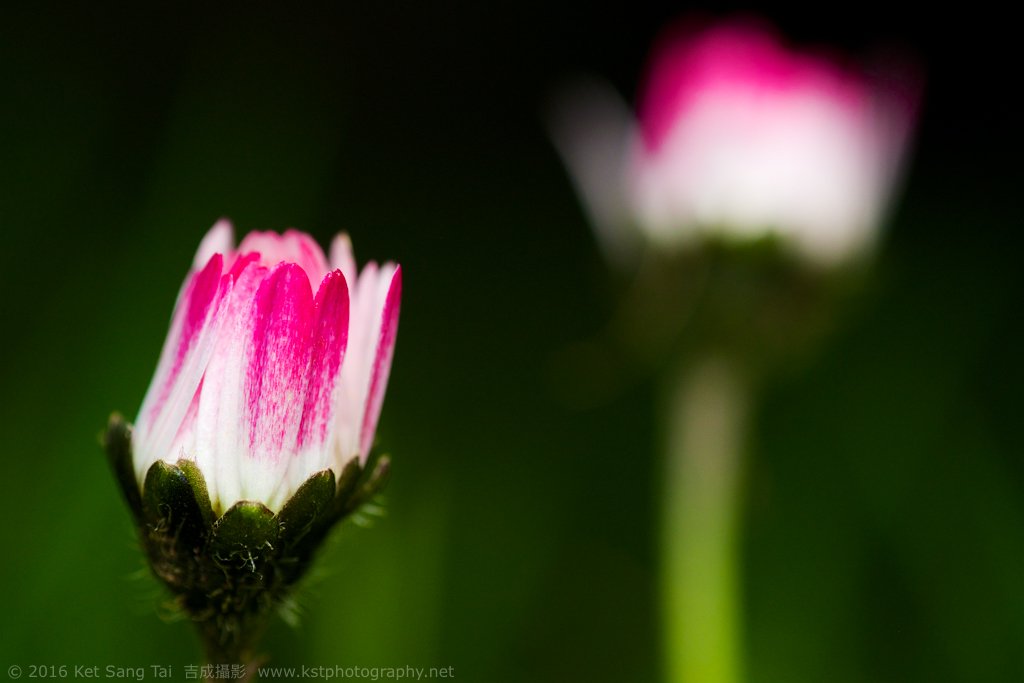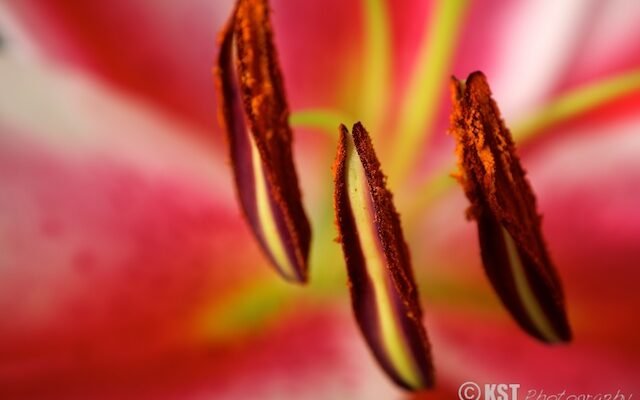[Updated Aug 2016] More than 2 years since I first started doing macro work using Fuji, I have tried various different options and decided to make this a series of 5 posts about doing macro work with Fuji X.
Part 1: x100s + Raynox-250
Part 2: Fujinon 60mm f2.4 with or without Raynox-250
Part 3: Adapted Macro Lens
Part 4: Fujifilm Extension Tube MCEX-11 & MCEX-16
Part 5: Native 1:1 Macro Lens for Fuji (Zeiss)
*******************************************************************************************************************
Since I started using the Fuji X system a few months ago, I often come across people in various forum asking if Fuji X system is good for macro and what lens or accessories should they use? I have decided to write a few articles about this with some pictures I took using different set up.
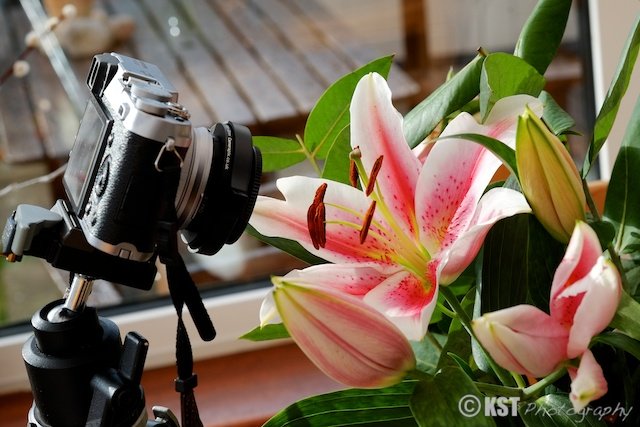
I would say Fuji X is not ideal for macro work if:
1. You often need to go beyond 1:1 magnification.
2. You are a pro macro photographer and you make macro pictures for living
3. You are into fast moving inserts
This is because the only native lens in Fuji’s macro lens line up is the 60mm f/2.4 which only goes down to 1:2 magnification. Having said that, Zeiss does make a 1:1 macro and you can use macro lenses from other brands like Tamron or Nikon using an adaptor. It gets the job done. However, if the above 3 points apply to you, you may want to consider investing in a mid range Canon camera to use their fantastic range of macro lenses ranging from 180mm 1:1 macro lens to the one of a kind 5:1 macro lens, as well as choices of at least 2 dedicated macro flashes.
Fuji, however is more than good enough if you do macro work for fun or the type of macro photography you do does not need to go beyond 1:1 on regular basis.
So what are the options with Fuji?
1. Dedicated Macro lens – The 60mm f/2.4 is a great lens. It has an equivalent focal length of 90mm and it is very sharp and it produces great colour. As said previously, it only gives you 1:2 magnification. It is still pretty close.
2. Close Up Lens – There are many close up lenses around and the most popular one is the Raynox brand. I own the Raynox-250 which is a great piece of accessory. If you put it on your 60mm lens, you can get down to 1:1 magnification. It can also massively increase magnification of any other Fuji lenses you have. It works best on longer focal length (>60mm) as it will gives you more magnification. For example, if you put it on the XF 55-200mm zoom lens, I was told you can get down to 2:1 magnification. On wider lenses and on the XF 18-55mm, it causes a bit of vignetting which need some cropping.
3. Extension Tube – From what I can gather from forums and various blog posts, there is no good Fuji extension tube in the market at the time of writing of this post. Those on the market are not fit for purpose and some can damage your camera. I would avoid this until someone else have produced a better one.
4. Adapted Lenses – Personally I have not tried this. There are many people posting on forums and writing blog posts about this. The most popular adapted macro lenses are Tamron and Nikon lenses. Ideally you want one which has its own aperture control, otherwise you will need a special adaptor to control the aperture.
I own the 60mm lens. I will show some picture in my next post. Today, I want to show you what can be achieve using the Raynox-250 close up lens on my x100s. The x100s already has very close focusing distance. If you add the Raynox-250 on, you can get really really close. Here are some pictures. Most are not cropped or only very slightly cropped.
